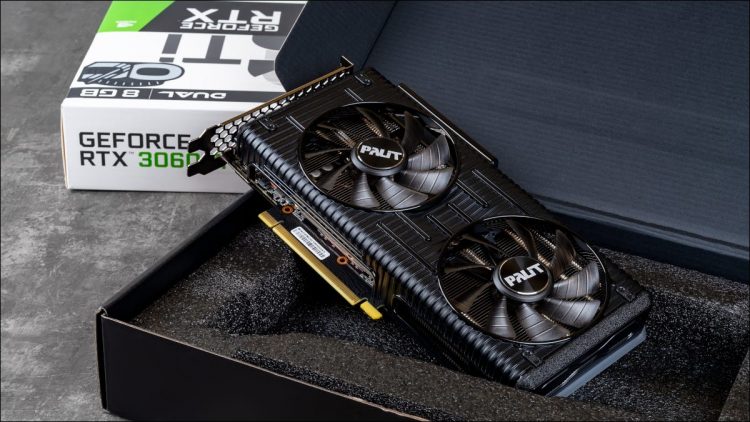Your GPU isn’t the only component involved in drawing graphics on your screen. The CPU plays an important role in helping the GPU generate images, and resizeable BAR technology improves how well these two core components can work together seamlessly.
The CPU-GPU Relationship
You may have heard of a CPU or GPU ‘bottleneck” before, and resizable BAR exists to deal with a very specific type of bottleneck that can happen between the CPU and GPU as they work together to draw the next frame.
That naturally raises the question of why the CPU is involved with the GPU in the first place. The two types of processors are good at different things. In a video game, for example, the CPU is responsible for driving animation, calculating the results of physics simulations, character behavior, and so on. The GPU can’t draw the next frame until it knows where objects should be, so it has to wait for information from
Resizeable BAR and Smart Access Memory
Resizable BAR is a term specific to NVIDIA’s GPUs, but as is often the case, their main competitor AMD has its own version of the same technology. AMD calls its version Smart Access Memory or SAM, but by and large, both features do the same thing in more or less the same way.
Without this feature, the CPU can only get data to process from the GPU’s memory in 256MB chunks. This has never been a problem until quite recently. After all, it took many years for GPUs to even have that much memory in total. Even at a few gigabytes in size, it takes no time at all to sift through it all 256MB at a time.
However, at the time of writing, GPU memory sizes are typically between 6GB and 12GB in size, with larger allocations becoming inevitable in the future as resolutions climb, detail levels improve, and technologies like ray-tracing really push memory boundaries.
That’s where SAM or Resizable BAR comes into the picture, literally. With this feature activated, the CPU can access the entire “frame buffer” (another name for the GPU’s memory), which means it can quickly find and process the data it needs.
It also cuts down on the number of transfers between the CPU and GPU and allows the CPU to only request data from the GPU’s memory when it needs it and from exactly the correct place. In theory, this means that both the CPU and GPU will receive a performance boost because the amount of overhead and traffic is cut down.
Resizable BAR Requirements
So far, this feature sounds great, but who can actually use it? The truth is that resizable BAR is actually a feature of the PCIe standard. That’s the GPU protocol to communicate with the rest of the computer.
It’s optional for a motherboard, GPU, or CPU to support the feature, and only more recent components offer the option. All three components must support resizable BAR or SAM.
Intel 10th generation CPUs and newer support resizable BAR, as do Zen 3 and newer AMD Ryzen CPUs. For 10th-generation Intel CPUs, only select chipsets are supported, but all 11th-gen or newer chipsets should be supported.
You’ll need a 30-series NVIDIA card; most of them are ready to go out of the box. However, if you’ve purchased a Founder’s Edition card, you may need to perform a firmware update to enable the feature. Speaking of firmware updates, you’ll probably want to do one for your motherboard as well while you’re at it.
To use AMD SAM, you need a 6000-series card and a Ryzen 5000 or 3000 CPU, except for the 3400G and 3200G models. You also need a motherboard with an AMD 500 chipset or a 400 chipset combined with the 3000-series CPUs on the support list.
Assuming you have all of the required components, with their latest firmware versions, you can activate resizable BAR or AMD SAM from within your computer’s BIOS/UEFI menu. You’ll have to consult the motherboard’s documentation (or look for the information at boot) to see which key you need to press to access the menu.
Does Resizeable BAR Make a Difference?
Right now, it doesn’t seem that this feature makes much difference regarding real-world game performance. While it increases performance in some titles, the improvement is modest and can even worsen performance in some cases.
NVIDIA, for their part, automatically disables resizeable BAR for games whose performance worsens with the feature on, so you don’t really have a reason not to take advantage of it. You’ll get a small performance bump in many games and won’t get worse performance in games that aren’t whitelisted. If resizable BAR causes any serious issues for you, you can just toggle it off in the BIOS.
RELATED: How to Identify Your Graphics Card (GPU) in Windows 11
Source by www.howtogeek.com






























